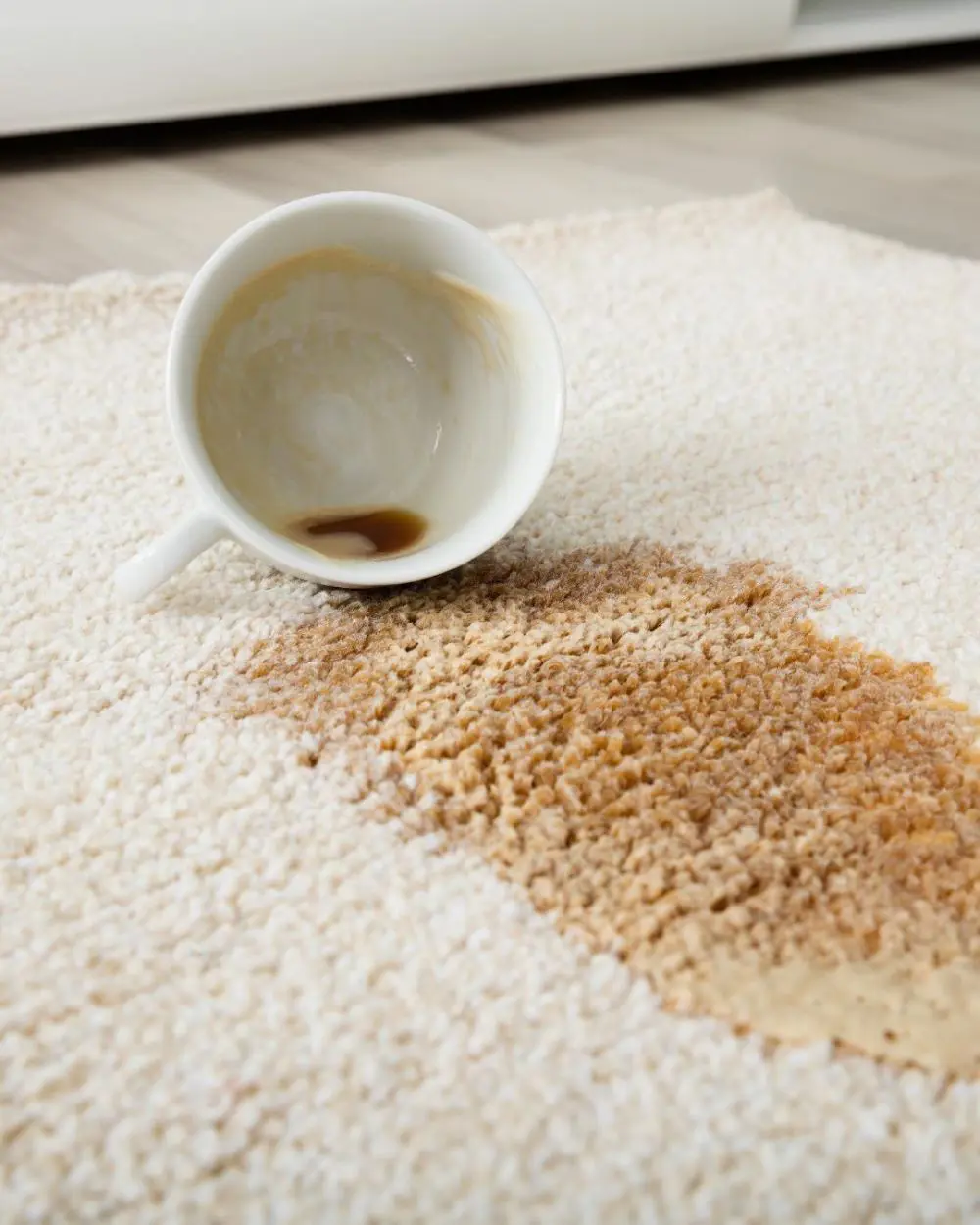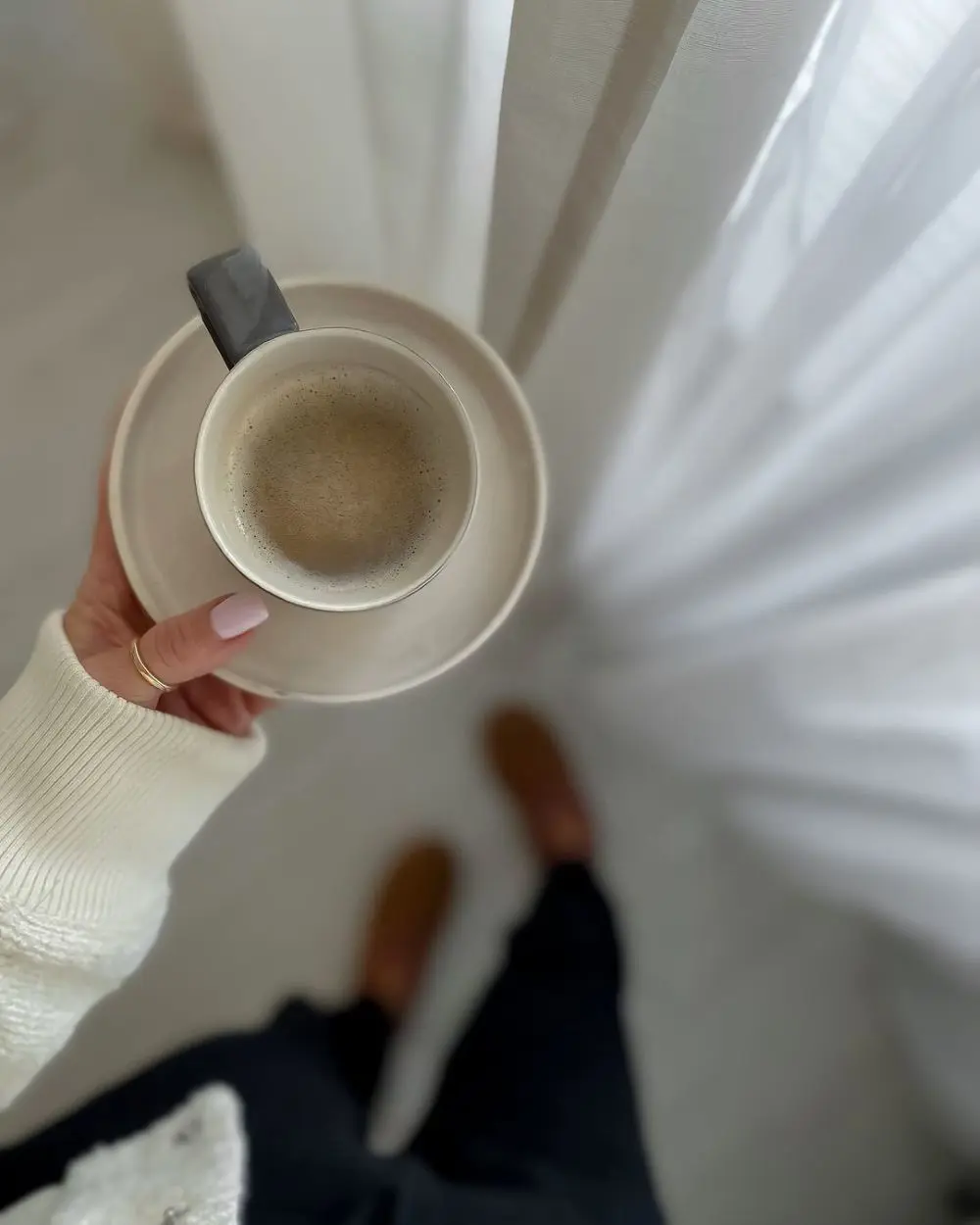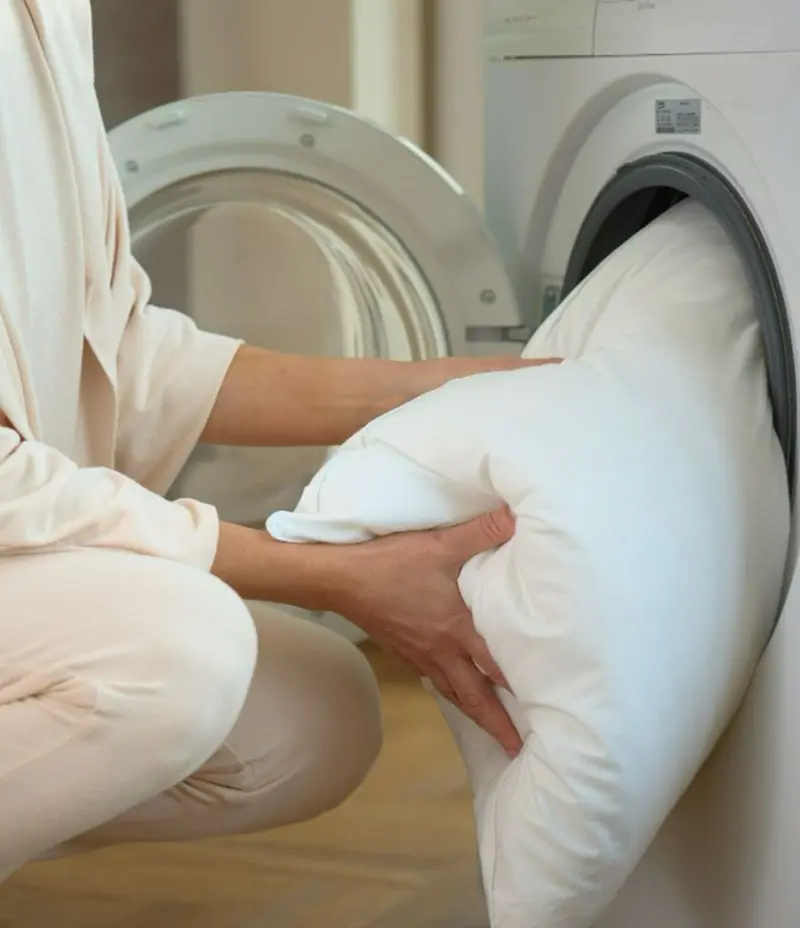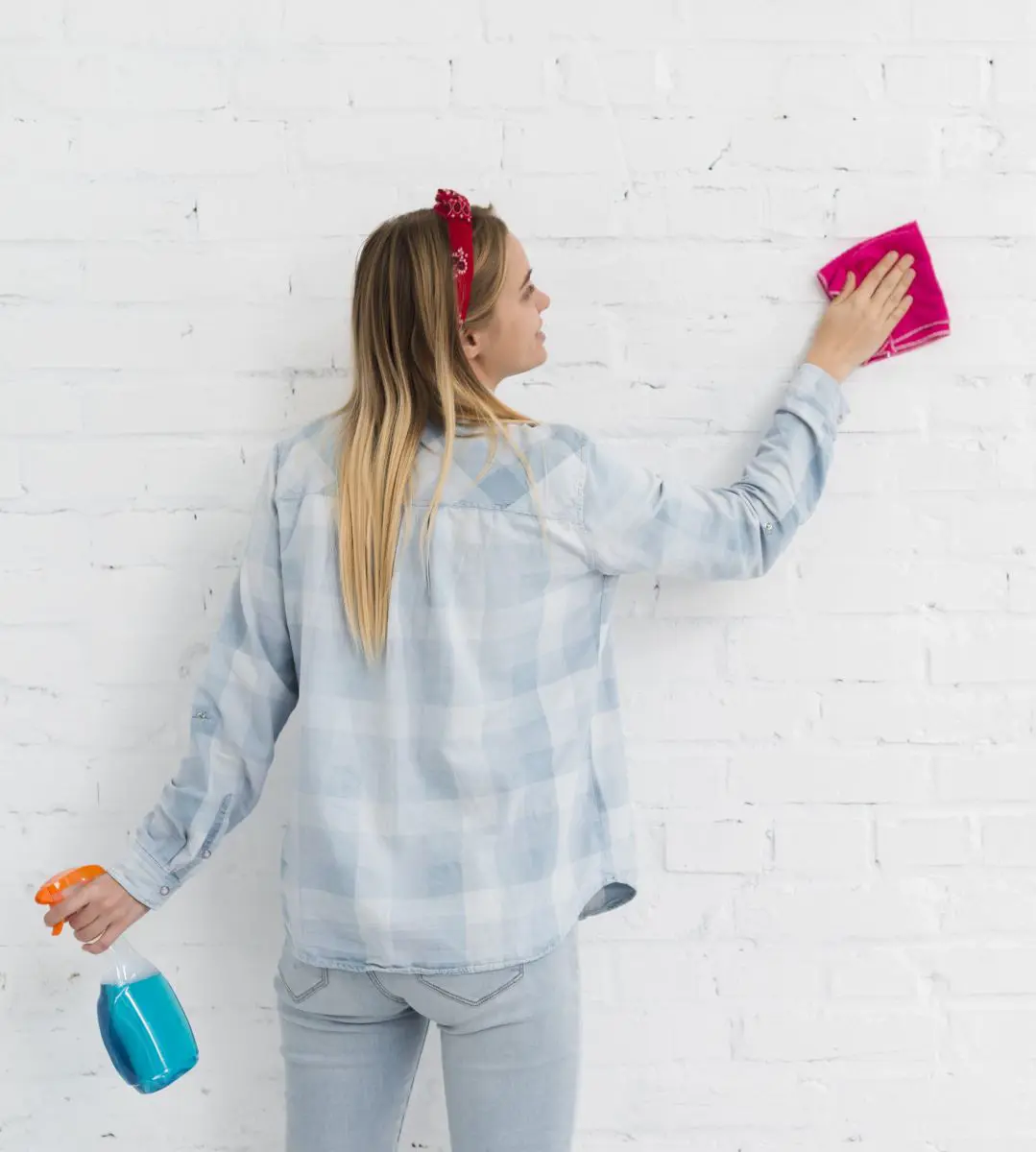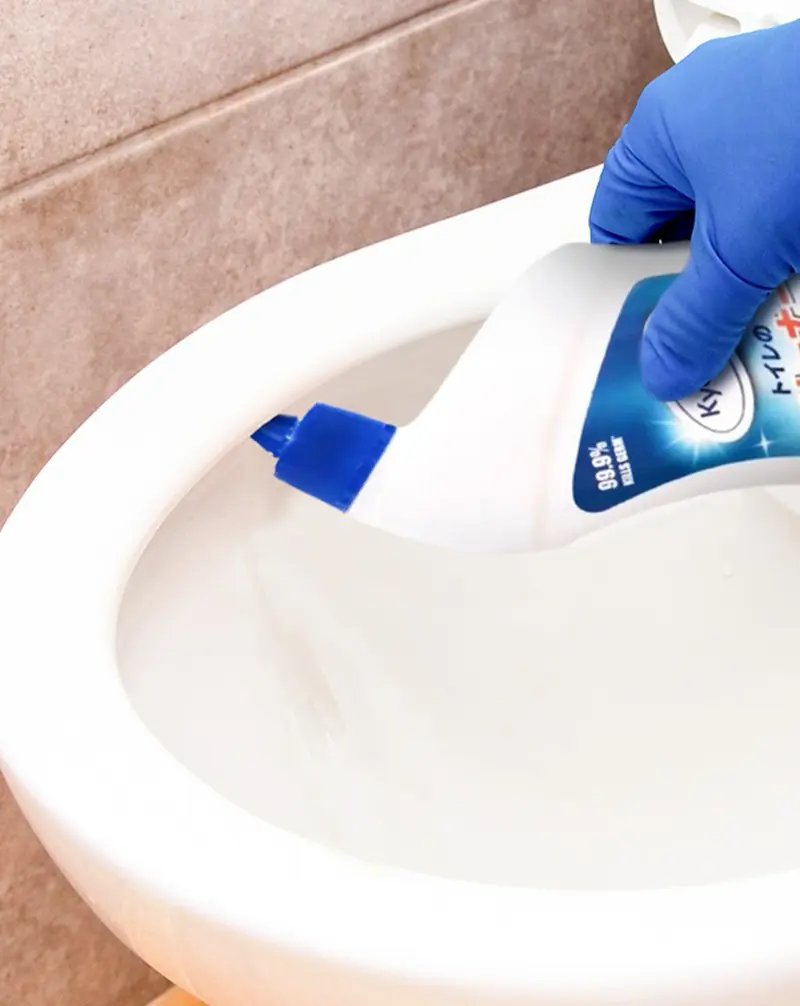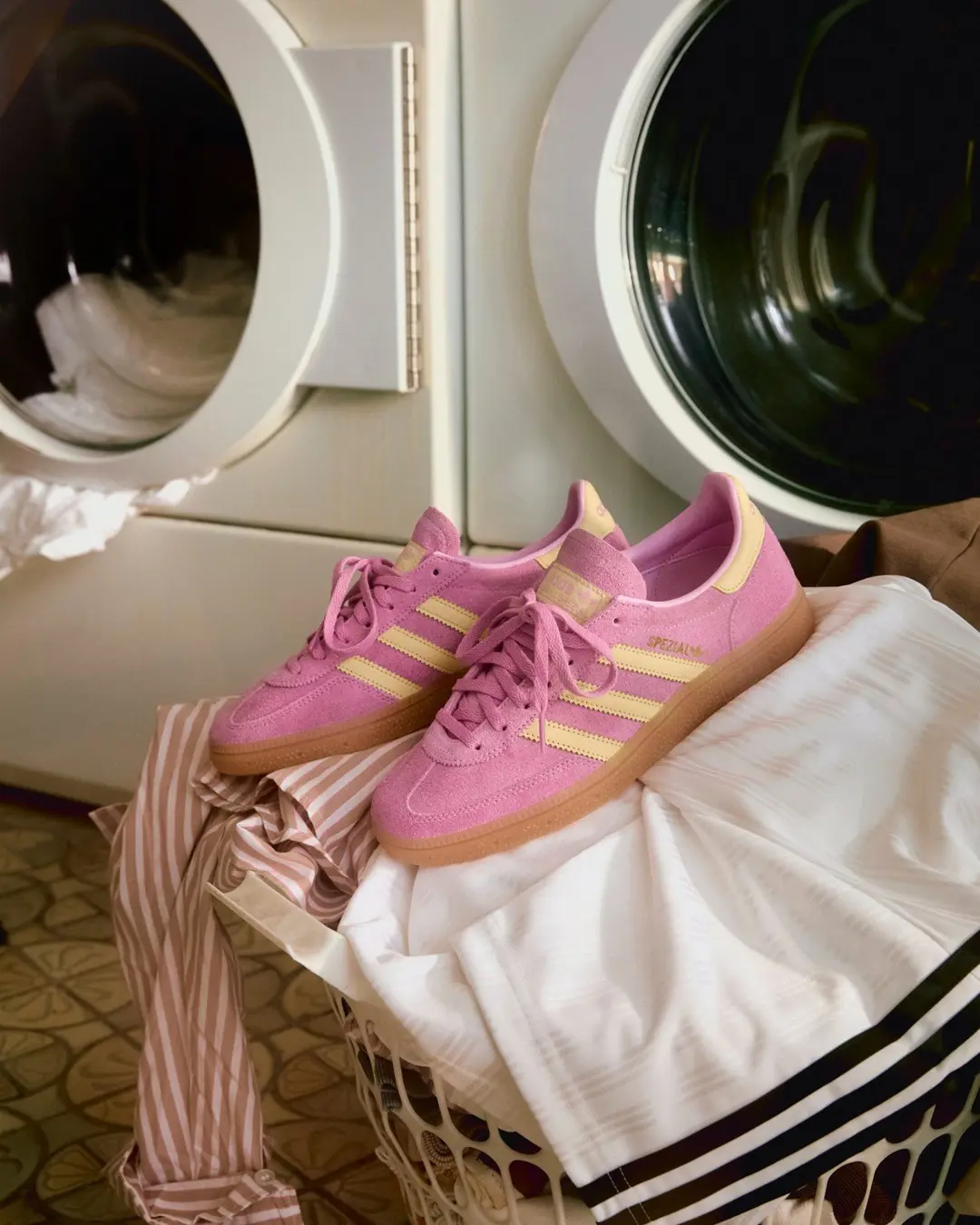1. Clean Dishwasher
We use our dishwasher almost every day. As a result, it might be filthy with food scraps, soap scum, and rust stains over time. No one likes that, and let’s not forget how unhygienic that could be. Enter vinegar and baking soda!
There is nothing this dynamic duo cannot fix, including your dirty dishwasher. First, run a hot cycle while a cup of white distilled vinegar is on the dishwasher rack. When that’s done, scatter the baking soda at the bottom of the dishwasher and run another cycle. In two cycles, the gunk and stains from the interior components and drain line will be gone. Your dishes will now be clean and sparkly.


